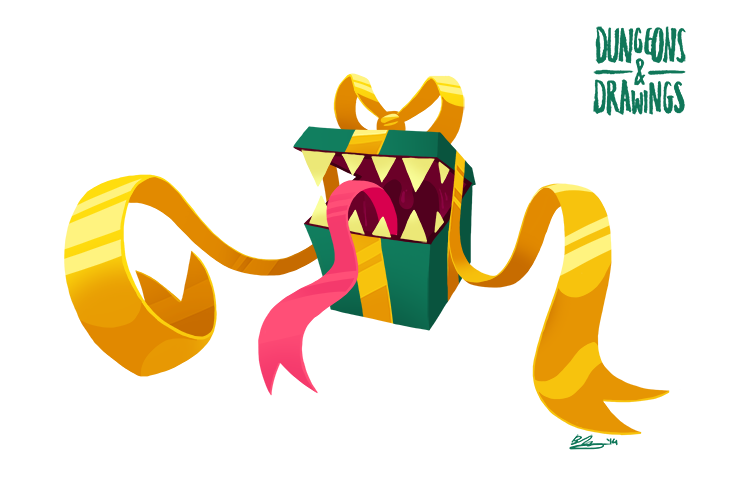PCs! in some ways I find doing player characters a little easier than monsters as we tend to push the monster designs a bit wackier. This guy is a character I created for a PvP tournament we're running at the moment, shown here in both his normal and steroid-enhanced forms.
The tournament is using the Pathfinder system, and this guy uses a Pathfinder class called an Alchemist. Alchemists are kind of weird, highly adaptible support spellcasters who are able to fill in a number of roles. Well, I say "spellcasters" but obviously all their abilities are themed around (al)chemical concoctions. Your base alchemist has three principal abilities:
- Extracts, which are just spell equivalents that you select from a limited pool. They function as potions, and are mostly single-target buffs (like Bull's Strength etc) that target the drinker (they only work on the alchemist herself by default, although you can spec into the ability to give them to your allies too).
- Bombs, which are just alchemical explosives that the alchemist mixes up on the spot - these hit a single target for fair damage and do a bit of splash too.
- Mutagen, which is a neat sort of Barbarian-style steroid that gives a +4 bonus to one physical stat (typically STR) at the expense of -2 to a corresponding mental one. This, again, is drank as a potion but only ever affects the alchemist herself.
The usual use of mutagen is to induce an incredible-hulk-esque last resort in melee combat with the STR boost, but Vanim instead goes for a mutagen that gives +4 to DEX and -2 to WIS (I guess to represent the lack of caution you would feel having become spontaneously nimble). I've paired this with Weapon Finesse and Improved Feint, as well as an Alchemist variant that replaces Bombs with a rogue-equivalent sneak attack, so the game plan is going to be to run up to people, feint them repeatedly while sneak attacking them in the face. Will it work?!??!?!?!? Possibly.
As for actual character backstory - it's deliberately a bit thin on the ground (it's just a tournament, after all), but the idea is that Vanim is this half-elf with a bit of facial disfiguration. Blaming the blemish on his human ancestry, he becomes an alchemist to try and "enhance" his elven qualities, the result of which being his mutagen (his transformed body is supposed to be a caricature of an Elvish appearance - he thinks it's beautiful but in reality it looks pretty horrible).
Anyway, sorry for the long delays. What do you think of the way I've statted Vanim? Got any cool character creation stories? When will I post next? NOBODY KNOWS
- Joe























